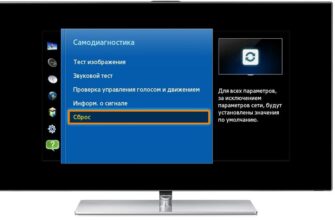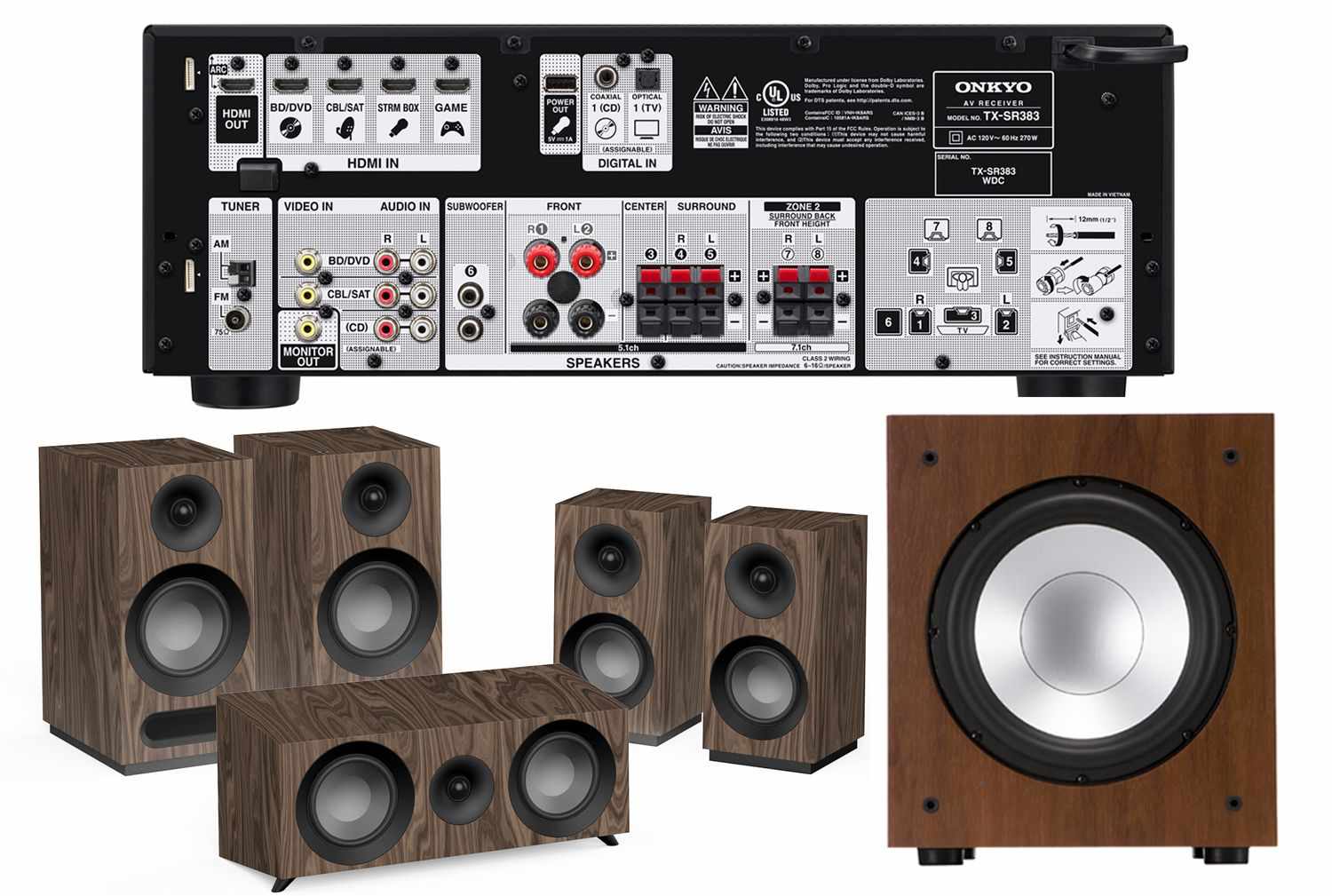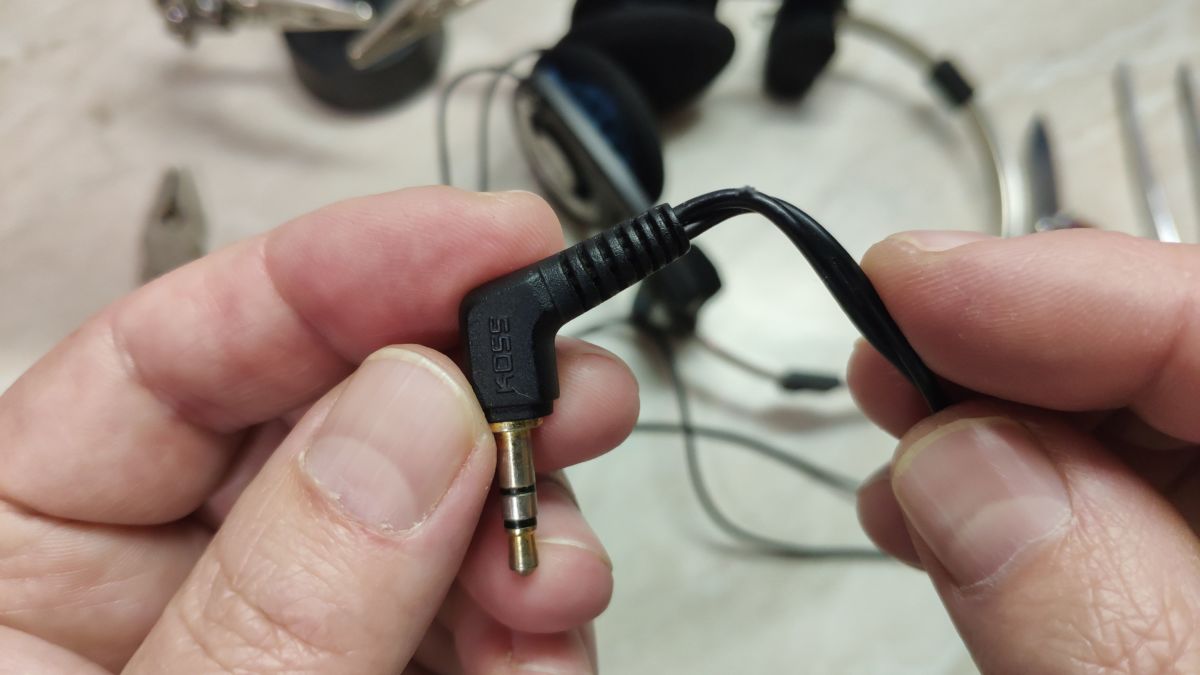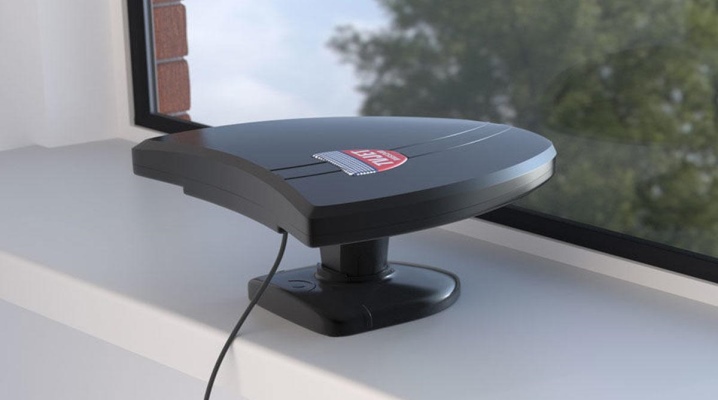- Node Wrangler¶
- Activation¶
- Usage¶
- Description¶
- Lazy Connect¶
- Lazy Mix¶
- Merge¶
- Merge with Automatic Type Detection¶
- Merge Using Mix Node¶
- Merge Using Z-Combine Node¶
- Merge Using Alpha Over Node¶
- Merge Using Math Node¶
- Batch Change Blend Mode / Math Operation¶
- Change Mix Factor¶
- Delete Unused Nodes¶
- Swap Links¶
- Reset Backdrop¶
- Add UV Layout Attribute Node¶
- Add Vertex Color Attribute Node¶
- Shader Viewer¶
- Frame Selected¶
- Reload Images¶
- Switch Node Type¶
- Copy Settings¶
- Copy Label¶
- Clear Label¶
- Modify Label¶
- Add Texture Setup¶
- Add Reroutes to Outputs¶
- Link Active to Selected¶
- Align Nodes¶
- Select within Frame (Parent/Children)В¶
- Detach Outputs¶
- Link to Output Node¶
- Add Image Sequence¶
- Add Multiple Images¶
- Node Wrangler
- Major Features
- Lazy Functions
- Merge
- Emission Viewer
- Batch Change Blend Type / Math Operation
- Swap Links
- Frame Selected
- Switch Node Type
- Copy Settings
- Add Texture Setup
- Add Reroutes to Outputs
- Link Active to Selected
- Minor Features
- Connect to Output Node
- Change Mix Factor
- Delete Unused Nodes
- Reset Backdrop
- Vertex Color Node
- Reload Images
- Copy Label
- Clear Label
- Modify Label
- Align Nodes
- Select Frame/Children
- Detach Outputs
- Add Image Sequence
- Add Multiple Images
- Hotkey List
Node Wrangler¶
This add-on gives you several tools that help you work with nodes quickly and efficiently. Many functions work for both the Compositor and shader nodes, and some functions bring features already in the Compositor to the shader nodes as well. Some tools are made for a specific function, however we have made it our goal to allow complete flexibility for you to use the tools in every situation, even where we did not intend.
Activation¶
Open Blender and go to Preferences then the Add-ons tab.
Click Node then Node Wrangler to enable the script.
Usage¶
Use panel in Sidebar of node editor or Ctrl — Spacebar keyboard shortcut or individual shortcuts for tools.
Description¶
Lazy Connect¶
Ctrl — RMB -drag, Shift — Ctrl — RMB
Make links between the nodes without having to precisely select the sockets. Just drag from one node to another while holding Ctrl — RMB . The nodes nearest the mouse are used, so you don’t even have to click on one precisely.
Also, use Shift — Ctrl — RMB to show a menu of inputs and outputs to make a more accurate connection. This is useful when working with a large node tree, since you can easily make connections without having to zoom in and out a lot.
Lazy Mix¶
Merge outputs of two nodes using a Mix node or Mix Shader node by dragging from one node to another while holding down Alt — RMB . A Mix node or Mix Shader node will be added and the outputs of the nodes will be connected to it.
Merge¶
Quickly add Mix, Math, Z-Combine, Alpha Over, Mix Shader or Add Shader nodes that will merge outputs of selected nodes.
Merge with Automatic Type Detection¶
Ctrl — 0 , Shift — Ctrl — = , Ctrl — Minus , Shift — Ctrl — 8 , Ctrl — Slash , Shift — Ctrl — Comma , Shift — Ctrl — Period
Selected nodes’ outputs will be merged using Mix, Math, Mix Shader or Add Shader nodes, depending on types of selected nodes.
Add Shift — Ctrl — =
Sets the blend mode or math operation to Add. When shaders are selected an Add Shader will be used.
Multiply Shift — Ctrl — 8
Multiply blend mode or math operation.
Subtract Ctrl — Minus
Subtract blend mode or math operation.
Divide Ctrl — Slash
Divide blend mode or math operation.
Mix blend mode or when shaders are selected a Mix Shader node will be used.
Greater than Shift — Ctrl — Comma
Greater than math operation.
Less than Shift — Ctrl — Period
Less than math operation.
Merge Using Mix Node¶
Shift — Ctrl — Alt — = , Ctrl — Alt — Minus , Shift — Ctrl — Alt — 8 , Ctrl — Alt — Slash
Using Ctrl — Alt with proper keys will force to use Mix node for merging no matter what types of nodes are selected.
Merge Using Z-Combine Node¶
Z-Combine nodes will be used for merging. If possible – image and Z-Depth outputs will be linked.
Merge Using Alpha Over Node¶
Alpha Over nodes will be used for merging.
Merge Using Math Node¶
Shift — Ctrl — = , Shift — Ctrl — Minus , Shift — Ctrl — 8 , Shift — Ctrl — Slash , Shift — Ctrl — Comma , Shift — Ctrl — Period
Using Shift — Ctrl with proper keys will force to use Math node for merging no matter what types of nodes are selected.
Batch Change Blend Mode / Math Operation¶
Alt — Up , Alt — Down , Alt — 0 , Shift — Alt — = , Alt — Minus , Shift — Alt — 8 , Alt — Slash , Shift — Alt — Comma , Shift — Alt — Period
Select Mix nodes or Math nodes and change their blend mode or math operation at the same time. Use keys specified above. They will change the blend mode or operation accordingly to: Mix, Add, Subtract, Divide, Less than, Greater than. Use Alt — Up or Alt — Down to go through all available blend modes or math operations.
Change Mix Factor¶
Alt — Left , Shift — Alt — Left , Alt — Right , Shift — Alt — Right
Change Factor of selected Mix nodes or Mix Shader nodes.
Use Alt — Right to increase it by 0.1.
Use Alt — Left to decrease it by 0.1.
Use Shift — Alt — Right to increase it by 0.01.
Use Shift — Alt — Left to decrease it by 0.01.
Use Shift — Ctrl — Alt — Left to set factor to 0.0. Additional shortcut is Shift — Ctrl — Alt — 0 .
Use Shift — Ctrl — Alt — Right to set factor to 1.0. Additional shortcut is Shift — Ctrl — Alt — 1 .
Delete Unused Nodes¶
Clean your node tree. Delete all of the nodes that don’t contribute to the final result.
Swap Links¶
Select two nodes that have something linked to their outputs. Alt — S will swap the outputs. What originally was linked to output of the first node will now be linked to output of the second node and vice versa.
Or, select one node with a single linked input – Alt — S will cycle the link through the available input sockets. Or, select one node with two linked inputs – Alt — S will swap the two links. If more than two inputs are linked, the two with matching types will be swapped (such as a Mix node’s two color inputs).
Reset Backdrop¶
Reset position and scale of the backdrop.
Add UV Layout Attribute Node¶
Header ‣ Add menu
Add Attribute node with the attribute set to UV Layout.
Add Vertex Color Attribute Node¶
Header ‣ Add menu
Add an Attribute node with the attribute set to vertex color.
Shader Viewer¶
Shift — Ctrl — LMB
Viewer Node for shaders. Shift — Ctrl — LMB and the output of the node will be linked to newly created Emission shader and Material Output. This is an easy way of previewing textures.
Frame Selected¶
Select nodes and “wrap” them in Frame node by hitting Shift — P . Immediately after that hit F6 to set the color and label of the Frame.
Reload Images¶
All of the images used in the node tree (Image inputs, textures) can be reloaded by hitting Alt — R .
Switch Node Type¶
Change the type of selected node(s) to any other type. Hit Shift — S and you’ll get the menu ordered exactly the same as Add ‣ Node menu. Choose the new type.
Copy Settings¶
Copy settings of active node to all selected nodes of the same type.
Copy Label¶
Copy labels all selected nodes based on various criteria. Labels can be copied from labels (names) of active node Shift — V , or from names (labels) of nodes that are linked to selected ones or from the names of sockets that the selected nodes are linked to. All options will be revealed in submenu after hitting Shift — C .
Clear Label¶
Clear labels of selected nodes.
Modify Label¶
Batch change labels of selected nodes. Add text to beginning, to end, replace parts of text.
Add Texture Setup¶
Select any shader node, Ctrl — T and an image texture with nodes controlling coordinates will be added. If you select any texture node, only the Texture Coordinate and Mapping nodes will be added. A background shader will get an Environment Texture node with generated mapping.
Add Reroutes to Outputs¶
Reroute nodes will be added and linked to each output of each selected node.
Link Active to Selected¶
Backslash , K , Shift — K , ‘ , Shift — ‘ , ; , Shift — ;
Link active node to selected nodes basing on various criteria.
Backslash – Call main Link Active to Selected menu.
K – Link active to all selected. Use Shift — K to force to replace existing links.
Shift — ‘ – Link only to selected nodes that have the same name/label as active node ( Shift — ‘ to replace existing links).
; – Link selected when name of output matches the name or label of selected node. Handy for replacing sources. For example Render Layer to image (multi-layer EXR).
Align Nodes¶
Align nodes horizontally or vertically. Same as S X 0 or S Y 0 , but with even spacing between the nodes.
Select within Frame (Parent/Children)В¶
] – Select all nodes wrapped in selected Frame node.
[ – Select frame node that selected nodes are wrapped in.
Detach Outputs¶
Detach output of selected node leaving linked inputs.
Link to Output Node¶
In compositing – link to Composite output. In materials – link to Material Output node.
Add Image Sequence¶
Add ‣ Input menu for composite nodes, or Add ‣ Texture menu for shader nodes
Select just one image from a sequence in the File Browser and it will automatically detect the length of the sequence and set the node appropriately.
Add Multiple Images¶
Add ‣ Input menu for composite nodes, or Add ‣ Texture menu for shader nodes
Simply allows you to select more than one image and adds a node for each. (Useful for importing multiple render passes or renders for image stacking.)
Please see the old Wiki for the archived original docs.
Various tools to enhance and speed up node-based workflow.
Node editor ‣ Sidebar or see the hotkeys of individual tools.
Bartek Skorupa, Greg Zaal, Sebastian Koenig, Christian Brinkmann, Florian Meyer
This add-on is bundled with Blender.
© Copyright : This page is licensed under a CC-BY-SA 4.0 Int. License. Last updated on 10/16/2021.
Источник
Node Wrangler
Node Wrangler is a suite of tools designed and coded by industry professionals, Bartek Skorupa and Greg Zaal, to help make node editing in Blender easier and quicker, for both compositing and material workflows.
Note: Node Wrangler is included in Blender by default, so you probably already have it installed.
Major Features
Lazy Functions
These three functions are meant to allow you to make connections between nodes without needing to click on those tiny sockets.
This is particularly useful if you have a huge node tree and prefer to stay zoomed out.
All three functions work by holding down the right mouse button ( RMB ) and drawing a line between two nodes. You don’t even have to click exactly on the node, it will pick the nearest one.
Lazy Connect ( Ctrl + RMB ) will make a new link between the first unconnected input of the first node and first unconnected output of the same type as the input of the second node. If there are no sockets with the same type, it will choose the next unconnected input of any other type. If there are no unconnected sockets on the second node, it will pick a connected one to replace.
Lazy Connect with Menu ( Ctrl + Shift + RMB ) is almost the same as Lazy Connect, except that it will allow you to choose the input and output sockets to connect by displaying two popup menus. If either the input or output nodes have only one socket, it’ll skip one of the menus. If both input and output nodes have only one socket, it will act exactly the same as the regular Lazy Connect.
Lazy Mix ( Alt + RMB ) will create a mix node and connect the two chosen nodes. This acts exactly the same as selecting the nodes and using Merge Nodes ( Ctrl + 0 ).
Merge
Mixing several images, render layers, passes or textures together is the most common thing you’ll ever do in the node editor. With this function, all you need to do to mix/add/multiply/whatever two or more nodes together is push one little button while holding Ctrl .
There are even more specific merging operations with their own hotkeys — too many to list here, so take a look at the hotkey list.
Emission Viewer
Just like the compositor, you can now add a viewer node for Cycles materials.
Simply Ctrl + Shift + Click a node, and it is connected automatically to a viewer node (which is created if it doesn’t exist).
The viewer node is actually just an emission shader. This means you’re looking at the exact color values of whatever you clicked on, there is no shading to mess with your head.
If you click on a shader node, it connects that straight to the material output (instead of using the emission shader).
You can click on the same node multiple times to cycle through all of its outputs.
Batch Change Blend Type / Math Operation
Change the blend type of all selected mix nodes and math nodes using:
Mix: Alt + 0
Add: Alt + +
Subtract: Alt + —
Multiply: Alt + *
Divide: Alt + /
Greater Than: Alt + >
Less Than: Alt +
Cycle Up: Alt + ↑
Cycle Down: Alt + ↓
Swap Links
This tool allows you to swap and cycle links in several situations:
- Select two nodes, use Alt + S to swap their output connections.
- Select one node with one connected input, use Alt + S to cycle the connection through the sockets.
- Select one node with two connected inputs, use Alt + S to swap the two connections. If more then two inputs are linked, the two with matching types will be swapped (e.g: a Mix node’s two color inputs).
Frame Selected
Wrap selected nodes in a frame by pressing Shift + P (similar to using the existing function, Ctrl + J ), then press F6 to set the color and label of the frame node.
Switch Node Type
When you just want to swap an existing node for a new one, it’s a pain to have to delete it, add the new node and reconnect all the connections again.
Node Wrangler does all the hard work for you — just press Shift + S and a simple menu (just like the standard Add menu) will pop up asking you to choose the new node.
Copy Settings
Easily copy the settings of the active node to the other selected ones using Shift + C .
Add Texture Setup
Adding the same set of nodes over and over again every time you want to add an image texture is tiresom.
Instead, select your shader and hit Ctrl + T to add the image texture, mapping node and texture coordinates.
If you already have a texture node, then just the mapping node and texture coordinates will be added.
Add Reroutes to Outputs
It often helps to have a little reroute node for every output, so rather than adding them manually, just hit / on your number pad!
Link Active to Selected
Connect all selected nodes to the active one in various ways by pressing \ — each item in that menu has its own shortcut too, for even quicker access.
Minor Features
Connect to Output Node
Link the selected node to the Output node (Composite or Material/World/Lamp Output node).
Change Mix Factor
Alt + Left / Right
Increase or decrease the Fac of selected Mix nodes (0.1, Alt + Shift 0.01, Ctrl + Alt + Shift 1.0).
Delete Unused Nodes
Delete all nodes whose outputs have no connections (excludes final output nodes such as Composite, Viewer and Material Output).
Reset Backdrop
Move the backdrop image back to the center with 1.0 zoom.
Vertex Color Node
Add an Attribute node with the Vertex Color name already filled in.
Reload Images
Update all images in the node tree.
Copy Label
Copy the label from the active node to selected nodes, or from linked inputs/outputs
Clear Label
Revert the label to an empty string, telling Blender to display the node type instead.
Modify Label
Add a prefix or suffix to selected nodes’ labels, or replace certain text with something else.
Align Nodes
Align nodes either vertically or horizontally, with even spacing between them.
Select Frame/Children
Select the parent (the frame containing the selected nodes) or the children (all nodes inside the selected frame nodes).
Detach Outputs
Grab a node while disconnecting its outputs. Similar to Alt + D, but keeps inputs connected.
Add Image Sequence
Select a single image from the file browser and an Image node will be added with the sequence length already filled in.
Add Multiple Images
Select multiple images in the file browser to add an Image node for each in one go.
Hotkey List
As I’m sure you’re now aware, Node Wrangler has a rather large number of hotkeys. The easiest way to see them all and search for them is in the User Preferences of the add-on itself:
Источник
















